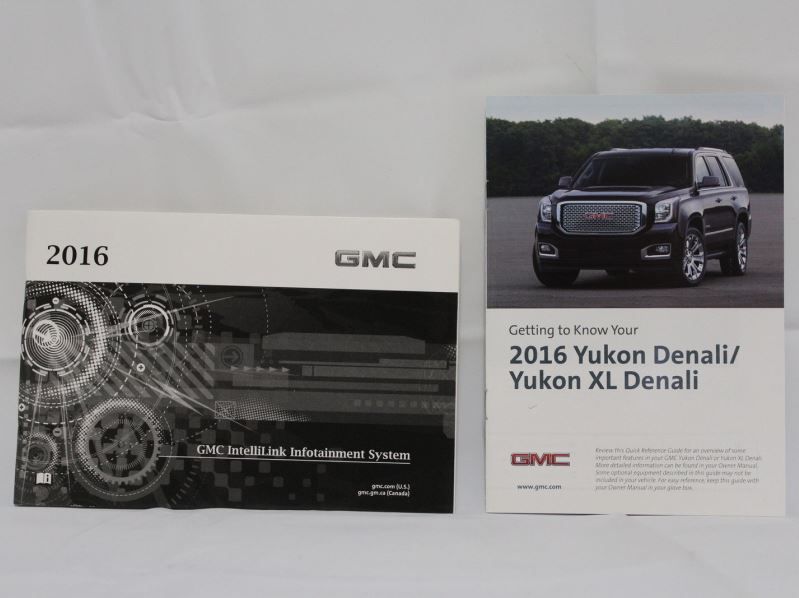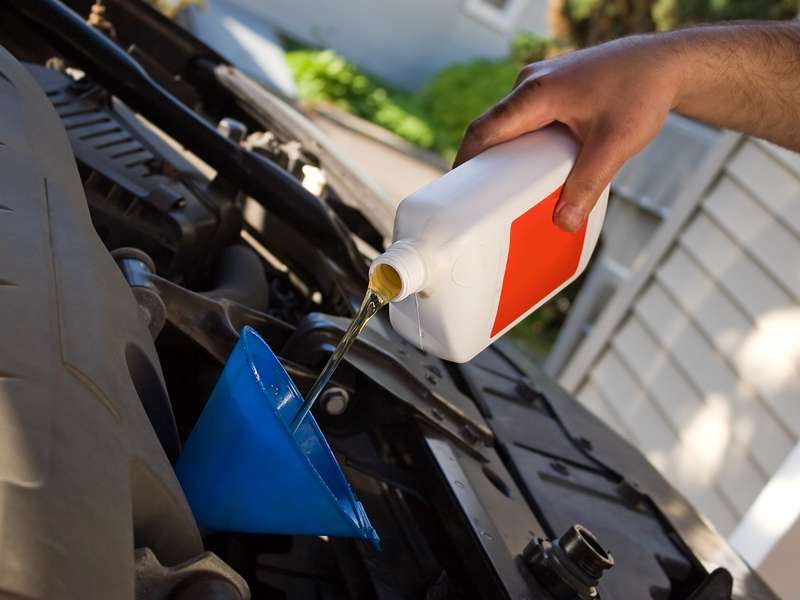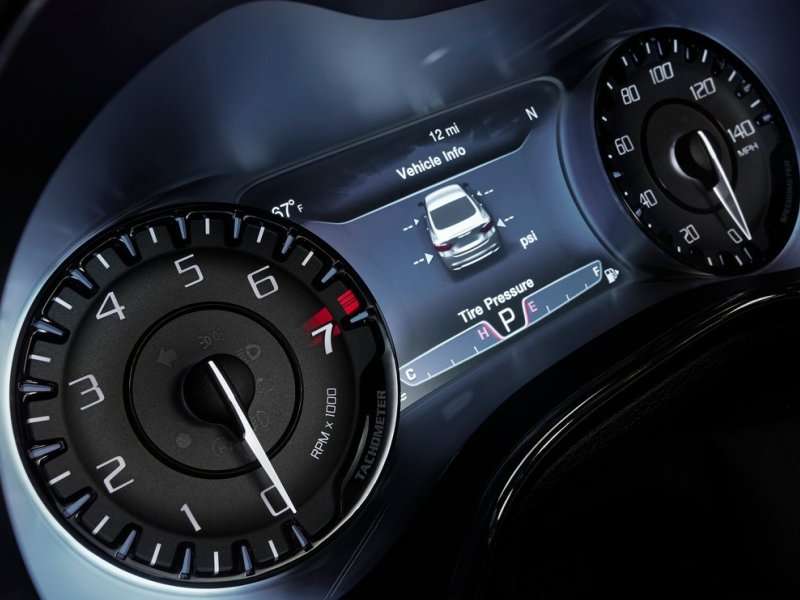Recent Articles
Popular Makes
Body Types
Breaking in a New Vehicle

2014 Ford Shelby GT500 - Front Passenger Three Quarter View - Blue ・ Photo by Ford Media
Buying a new car is a great experience. There is nothing like the joy of owning something you have wanted and looked forward to for a long time. Of course, you want to do everything right and not damage this new machine. Treating the vehicle right from the time you take possession will extend the life of your new car. Let's look at what the experts suggest.
Read the Owner's Manual
The first thing you should do when you purchase a new vehicle is read the owner's manual. Don't just skim through the material. Sit down and spend some time really going over the information. Many specialists were involved in the creation of this package. It is intended to answer most of your basic questions and direct you where you can get more help if required. In your manual, there should be a specific 'break-in' period identified and recommendations listed.

Change Oil Sooner
Be aware, that the first oil change will need to be done sooner than you would expect. As the engine gets 'broken in,' the rough edges from the manufacturing process will wear off and end up in the oil.

Break in Period
As far as the break in period goes, the overall theory is that essentially you need to start by driving your car's engine very carefully. Treat your engine gently by keeping it at low revs and below one-quarter throttle. As you drive more, you can gradually increase both the revs and the throttle until you are using the engine at normal range. The same as you need to take it easy at the beginning, it is just as important to eventually utilize all the power and rev range. This helps harden various parts of the engine. Also important during this time is not sticking to one continuous speed or gear. It is better to vary your driving speed during this time. City driving is good for this. There is a lot of stop and go with in-between stretches where you can really move. The highway is not so good during this initial time if you are going to put on the cruise control and stick to top gear and continuous speed. Why? The engine is still hardening up and it is possible to wear a groove into it. For how long, you ask? For the newer vehicles, this 'break in' period is approximately 600 to 700 miles

Photo by Ford Media
Keep RPMs Low
There is some consensus on the basics for the best in reliability, durability and fuel economy of the vehicle in the future.
- Drive gently. Don't bring the engine up over 3000 - 3500 rpm for at least the first 500 miles. Don't exceed these levels by much more than this for up to 2000 miles.
- All bearings and cylinders must wear in evenly and the piston rings have to settle properly. Piston rings can require 5000 miles. Problems could result if you don't look after the engine from the beginning. These piston rings are why you go to the trouble of 'breaking-in' the vehicle.
- Don't go to 50 miles an hour and stay there and don't go any faster than 75 mph for the first 600 to 700 miles
